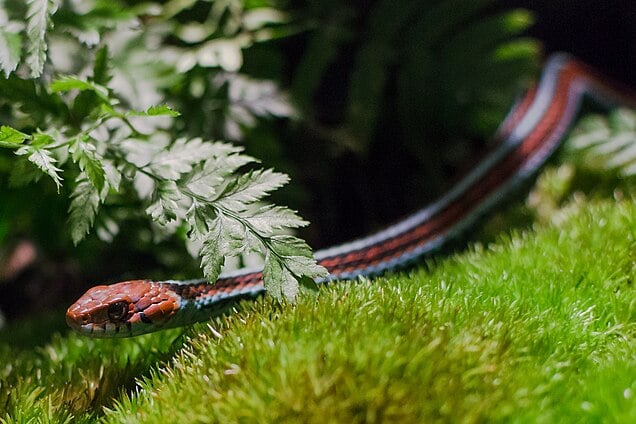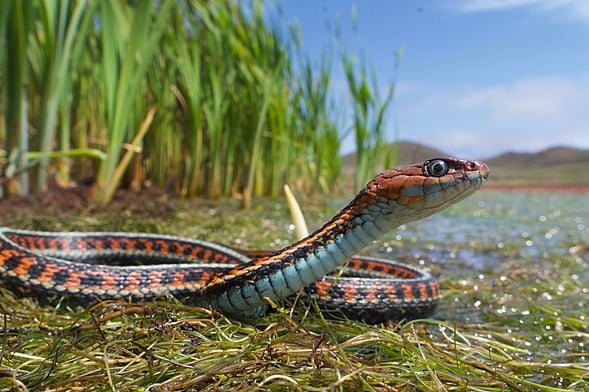The Legality of Owning Garter Snakes
Garter snakes are illegal? Maybe in your state they are!
LEGALENVIRONMENTGARTER SNAKES
Grace Zumbrun
10/11/20255 min read
Here at Graceful Garters, we want you to own garter snakes. It’s kinda our thing since they make great pets, but they also play an important role in the environment. However, you probably shouldn't own them if they are illegal in your state or capture them from the wild to keep for yourself.
But whyyyyyyyy? They’re just little guys; they can’t cause any harm. There are so many of them out there, so one missing here or there isn’t going to do anything to the ecosystem and there are no documented cases of garter snakes becoming an invasive species anywhere in the world (Maybe one instance in Canada, but they aren’t necessarily invasive, instead they are an established non-native species).
So, why might it be illegal in your state to own certain species of garter snakes, and why shouldn’t you take them from the wild?
As for Pennsylvania, we have two native species of garter snakes, the Eastern Garter Snake (Thamnophis sirtalis sirtalis) and the Short-Headed Garter Snake (Thamnophis brachystoma), and one ribbon snake, the Eastern Ribbon Snake (Thamnophis sauritus sauritus). The Eastern Garter Snake and Eastern Ribbon Snake are both species of Least Concern meaning that they have healthy populations out in the wild, but it is a different story with the Short-Headed Garter Snake. Eastern Garter Snakes and Short-Headed Garter Snakes look pretty much identical. One key difference is that the Short-Headed has no black spots between their stripes. Short-Headeds also tend to have no visible neck with the head seemingly going right into their body. With these small distinctions, it would be pretty difficult for the average person to tell them apart in the wild.
Short-Headed garter snakes are considered vulnerable, meaning that they aren’t necessarily on the edge of extinction at the moment, but they are at a risk of going extinct in the foreseeable future which is a dang shame. The reasons why they are at a risk now include habitat destruction/fragmentation and their prey becoming less available or toxic. This species of garter snake needs open fields and woodlands in order to thrive and reproduce, but thanks to humans developing land, these large areas are going away or becoming small and separated. Short-Headed Garter Snakes almost exclusively eat earthworms and earthworms are really susceptible to pesticides and herbicides. Even PA’s own native earthworms are not doing so hot right now due to human impact and invasive worm species. Even if the worms survive being exposed to these chemicals, it will stay with them. If a garter snake eats many worms that were exposed to these toxins, they can begin to develop reproductive and/or neurological issues. I hate to see any species go extinct, but unfortunately, Mother Nature is a wild beast that can’t be tamed. But you know what can be tamed?
Humans!
Now why did I just go on a giant tirade about a threatened garter snake species when I initially started this blog post about the legality of owning garter snakes? Trust me, there is a reason, but first, we must jump to the other side of the United States, California! There are about 10 different species of garter snakes in CA (I can’t quite pinpoint the exact number since I can’t find official resources) and one of them is pretty dang stunning. Meet the San Francisco Garter Snake!
Ain’t she a stunner? I bet you would like to own one. I too would also like to own one, but we can’t! Why? They are endangered. Like the Short-Headed Garter Snakes, they face issues with habitat destruction/fragmentation and finding prey items, but they also face invasive species such as bullfrogs, water degradation, genetic issues due to small population sizes, climate issues, and poaching. What I want to focus on in this case is the poaching problem and that’s where legality comes into play. San Francisco Garter Snakes are often captured in the wild and then transported to be sold across the United States and to Europe. Once our colorful, scaley friends make it overseas, it is much harder to prosecute those caught smuggling. Fortunately for our European audiences, it is easier to get them there since there are captive populations that probably stem from smuggling a couple generations back. Unfortunately for those of us stateside, we will probably never have a chance to own one of the most colorful species of garter snakes, but we do have the California Red-Sided Garter Snake (Thamnophis sirtalis infernalis) that comes in second!
Y’all are definitely thinking now, “Grace, just get to the point!”. I appreciate you for bearing with me through this tirade, but I swear that I am getting to the point now. The point being, taking garter snakes from the wild and then possibly smuggling are really big issues that can have significant consequences. Adding wild caught animals to your collection can be risky especially without proper quarantine and treatment since wild caught animals are more likely to have parasites and diseases that can be passed on to other animals. Taking animals from their natural habitat can wreck the balance of the ecosystem that they live in. It can allow invasive species to move into the niche that they hold. It can also weaken the population to the point that they can’t recover having individuals removed from the gene pool. Then it only takes one potentially devastating event to come and sweep through the population taking it out for good.
These laws exist for a reason.
I would love to own a pair of every garter snake species out there just because I love garter snakes so much, but I know that I would have to dip into wild caught in order to achieve that goal since not every species is readily bred and available in captivity, but I respect the environment and care more about the Earth than my own ego and you should too!
Here at Graceful Garters, you will receive an invoice that states what you bought and that you got them from us. I would recommend keeping this piece of paper on hand or somewhere digitally. This is in case the authorities question the legality of your little scaley friend. You should be able to direct them to us, and we will be able to provide additional details if need be. If you happen to misplace your invoice, feel free to contact us to get a replacement emailed to you!
And with this blog post out of the way, I am announcing that I will start the endeavor of trying to figure out the legality of owning garter snakes in each state (Sorry friends from outside of the US!) called the Garter Snake Legality Compendium! With this project, I hope to provide information about what species are present in the state, which ones you can own, and which ones you can't own, so be on the lookout for that coming out!
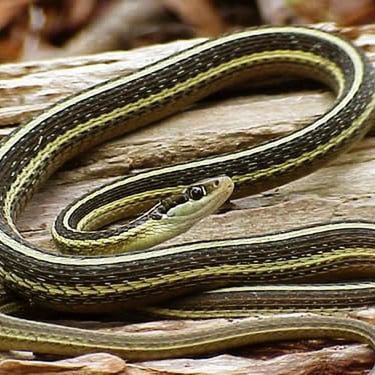
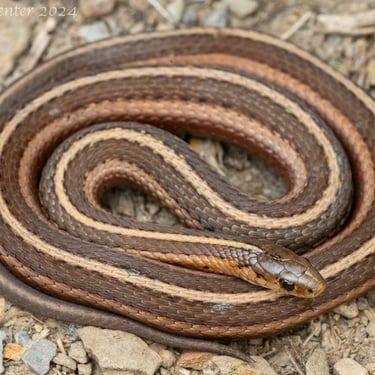
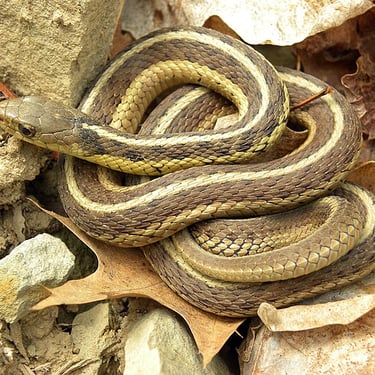
Snake species in order from left to right: Ribbon Snake, Short-Headed Garter Snake, and Eastern Garter Snake
